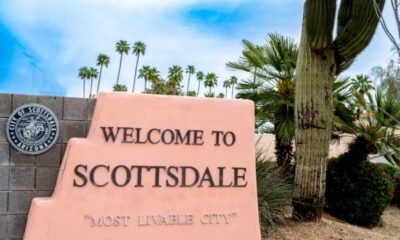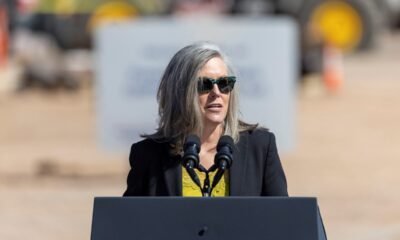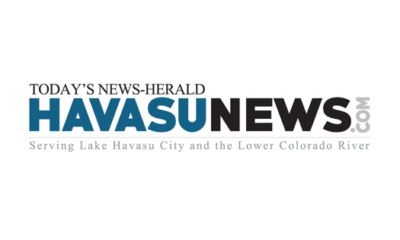arizona
Pima’s PAYGO Scheme Sparks Controversy by Bundling Two Taxes Together

Pima County is once again addressing its budget, and the approach is raising concerns. The county’s PAYGO plan, a financing strategy aimed to replace traditional bonding methods, is being scrutinized for its potential pitfalls.
Typically, when local governments seek voter support for tax increases to fund specific projects, they articulate a clear proposal: “We need X million dollars for [specific purpose], and this will require a slight increase in secondary property taxes.” Voters have previously been assured that primary taxes are separate and unrelated to these funding efforts, creating an easier path to approval.
However, Pima County’s PAYGO plan seems to abandon this clarity. Instead of maintaining a distinction between secondary and primary property taxes, the county is creating a direct correlation between the two. As bonds are paid off and secondary taxes decrease, primary property taxes are being raised by an approximately equivalent amount. This effectively keeps the total tax bill unchanged, though taxpayers could argue it could have been lower without these adjustments.
The PAYGO system—short for “pay as you go”—is designed to finance projects without incurring debt, typically using surplus funds. Yet, in practice, Pima County’s version appears to blend primary and secondary taxes, undermining the intended separation vital for public trust.
After failed bond proposals in recent years, the county adopted the PAYGO model to address various capital needs, including roads and facilities. A notable example occurred in 2019 when the county offset a reduction in the secondary tax rate by raising primary taxes. For a homeowner with a taxable value of $300,000, this shift resulted in an estimated increase of about $30 annually, despite the anticipated reduction of about $51 for secondary taxes.
Over the past five years, this method has generated substantial revenue, with projections reaching up to $53 million for fiscal year 2026. Critics argue that while the funds are necessary for capital projects, the method of raising taxes by linking primary to secondary undermines transparency.
Moving forward, some argue that a large bond program, such as seeking voter approval for $850 million to construct a new jail, could alleviate some of the pressures generated by PAYGO. Nonetheless, voters may be justified in questioning whether such an approval would inadvertently endorse a simultaneous increase in primary tax obligations to satisfy other projects.
While the county asserts that PAYGO addresses ongoing operational needs, critics contend that it erodes the trust between voters and government officials. They believe that property taxes should be distinctly separated, ensuring voters have confidence in tax proposals and their purposes.
In light of these critiques, suggestions include raising primary taxes directly to fund necessary projects without invoking secondary tax structures. Maintaining a clear and honest fiscal relationship with constituents could be key to restoring faith in local governance.
Ultimately, as Pima County navigates its financial future, the ongoing debate surrounding the PAYGO system underscores a crucial tension: balancing immediate capital needs while upholding the integrity of taxpayer trust.


















